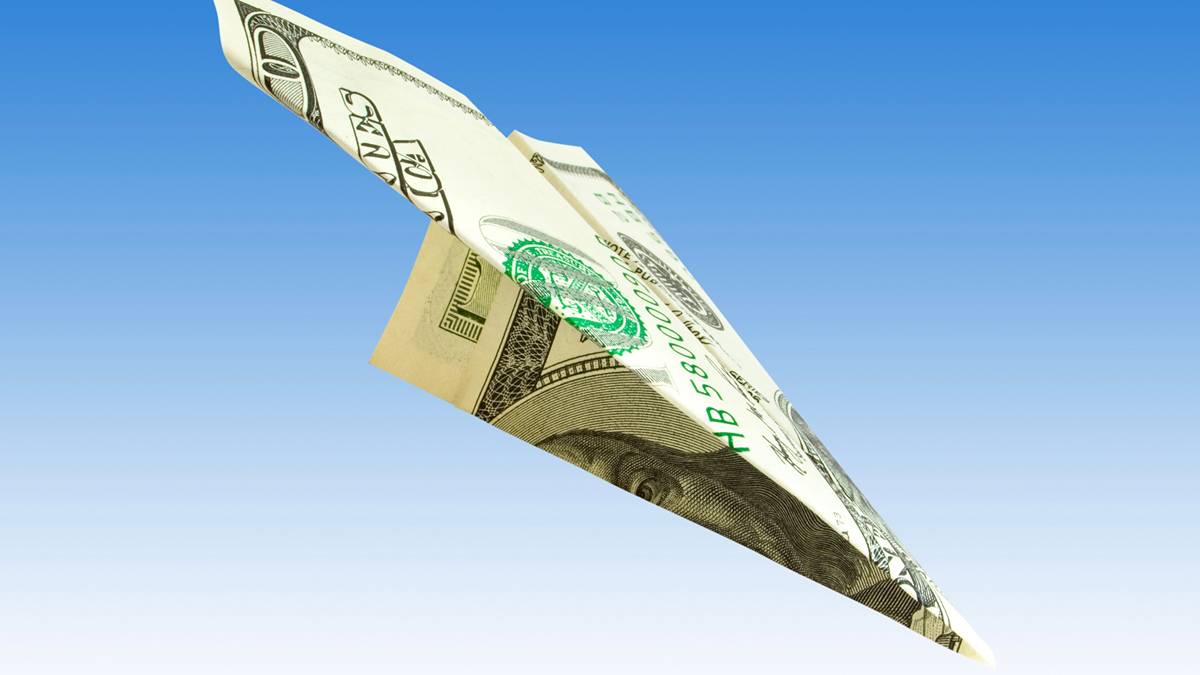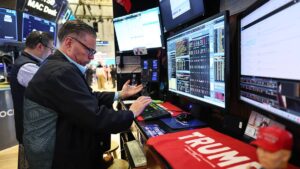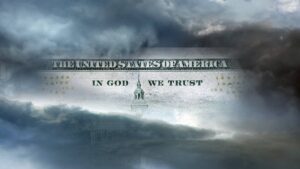US-Iran crisis reveals US dollar’s waning safe haven status

More turbulence ahead? Pic via Getty Images
We’re entering an era of multi-polar safe havens, writes Nigel Green.
As the world holds its breath waiting for Iran’s next move following targeted US airstrikes on its nuclear infrastructure, global financial markets are offering a parallel story – one just as consequential.
The story is this: the US dollar, once the unchallenged sanctuary in global crises, no longer commands the same automatic confidence.
Historically, events like these – volatile, unpredictable, and geopolitical – would have sent investors rushing into the dollar. It was the default play: the bigger the risk, the stronger the greenback. Not this time.
Yes, the dollar edged higher following the strikes. But the climb was shallow, cautious, and short-lived. Investors, it seems, are no longer all-in on the greenback as the world’s panic room.
This is a striking departure from the past. In the wake of the Gulf War, after 9/11, and during the global financial crisis, capital sought refuge in the dollar almost reflexively. It wasn’t even a debate. The currency was seen as a bastion of liquidity, legal stability, and unrivalled central bank credibility.
Today, that narrative is fraying.
A big part of the shift lies in the sheer accumulation of economic risk tied to Washington. The dollar has already shed 8.6% this year against a basket of its major peers – a loss that coincides not just with geopolitical uncertainty, but with growing disquiet over US debt, erratic policymaking, and the long shadow of tariffs under President Donald Trump’s administration.
Trade policy now functions more as a weapon than a framework. Allies are alienated, supply chains are disrupted, and investors are left parsing tweets rather than policy briefs. The result? A growing discomfort with relying solely on the US financial ecosystem in turbulent moments.
This latest crisis underlines how deep that discomfort runs. Markets are nervous, yes. But they’re increasingly directing their anxiety elsewhere – into gold and Bitcoin, into commodities, into the Swiss franc, and into asset classes outside of the dollar’s traditional sphere of dominance.
What’s emerging is a quiet but consequential reordering of global capital flows. If Iran retaliates forcefully, and oil prices spike, we may indeed see a rush to safety, but it won’t necessarily land in the same place it used to. Some capital will still move to the dollar. But some will shift elsewhere, and crucially, it will shift more cautiously.
This isn’t just a reaction to the latest headlines. It’s the result of a slow, multi-year reassessment.
Since the 2008 financial crisis, confidence in the dollar’s durability has been steadily chipped away. Unprecedented money printing under quantitative easing undermined long-term value. In parallel, the US’s political dysfunction, ballooning deficit, and frequent use of economic sanctions as a foreign policy tool have made the currency feel less like a safe asset and more like a lever of power that could be turned off.
It’s no surprise, then, that central banks have been quietly diversifying. A growing number are adding to gold reserves, trimming their dollar holdings, and exploring alternatives. The rise of central bank digital currencies, and the sustained interest in Bitcoin and other decentralised assets, are all expressions of the same trend: the hunt for safety is evolving.
None of this means the dollar is finished. Its size, liquidity, and institutional depth remain enormous. But the gravitational pull it once exerted over markets is weakening. That is the unmistakable takeaway from this week’s hesitant reaction.
There’s also a broader shift at play. Investors today have more tools, more information, and more optionality than ever before. The idea that safety only comes in one shade – the green of the US dollar – is no longer credible. We’re entering an era of multi-polar safe havens.
What worries me most is that many institutions still operate as if the old order holds. They make decisions based on a playbook written in the 20th century. But that playbook is rapidly becoming obsolete.
If this crisis deepens, as seems increasingly likely, the market reaction may reinforce the trend. More investors will start questioning not just whether the dollar is safe, but whether it’s still the safest, and that’s a subtle but seismic shift.
The challenge for policymakers in Washington is to understand the implications before it’s too late. Restoring trust in the dollar’s role as the world’s primary haven will take more than reactionary rhetoric. It will require fiscal discipline, policy consistency and a less antagonistic approach to international trade and diplomacy.
Until then, the dollar’s aura will continue to fade.
We’re watching Tehran closely. But we should also be watching the flows of capital, and where they’re no longer going. That, too, tells us everything we need to know about the current state of global trust.
Nigel Green, is the group CEO and founder of deVere Group, an independent global financial consultancy.
The views, information, or opinions expressed in the interviews in this article are solely those of the author and do not represent the views of Stockhead.
Stockhead does not provide, endorse or otherwise assume responsibility for any financial advice contained in this article.
Related Topics
SUBSCRIBE
Get the latest breaking news and stocks straight to your inbox.
It's free. Unsubscribe whenever you want.
By proceeding, you confirm you understand that we handle personal information in accordance with our Privacy Policy.








